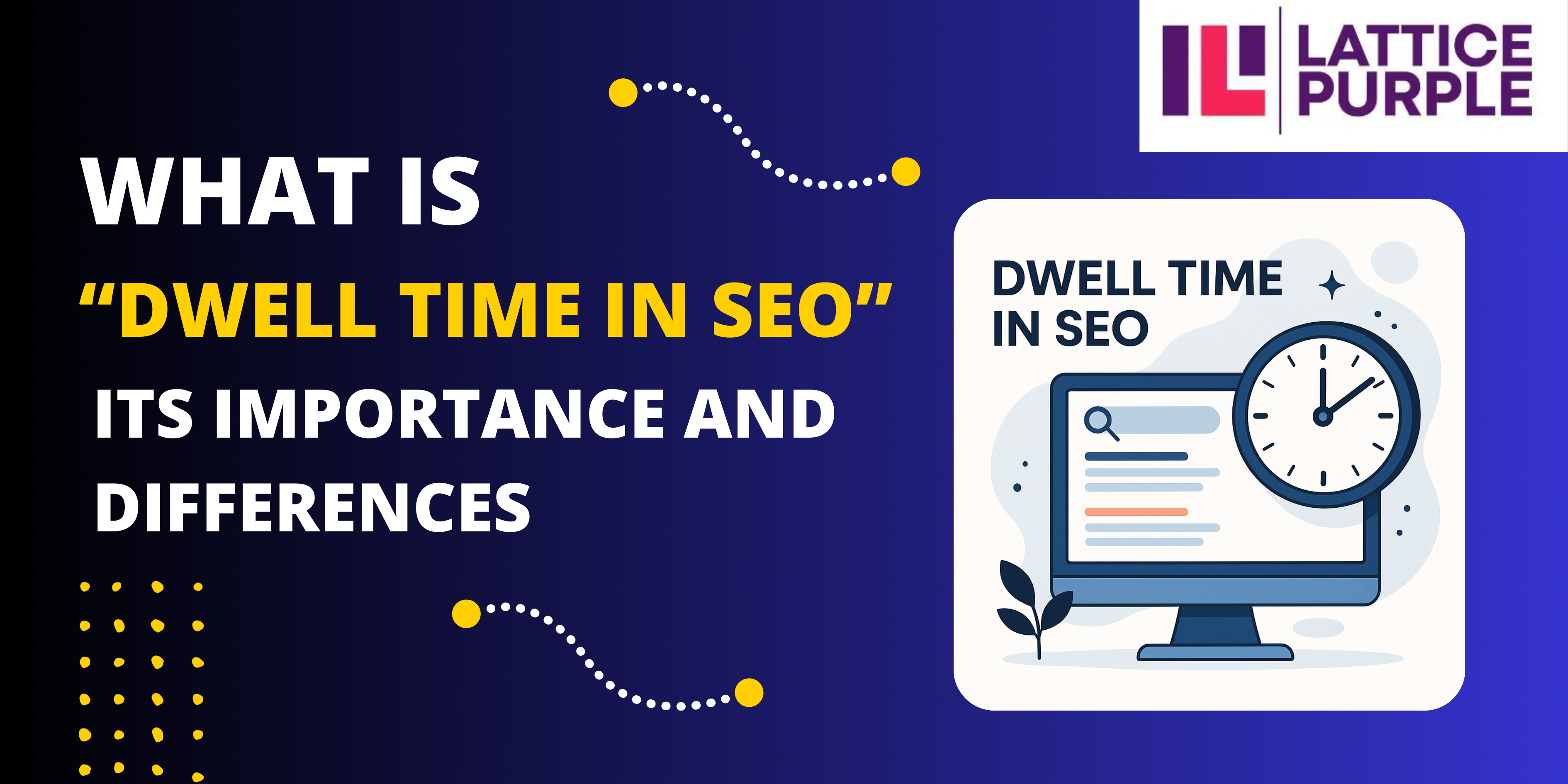
Is Search Volume & Search Results the Same? The Ultimate SEO Clarification
Introduction: Unpacking the Keyword Confusion In the vast and ever-evolving world of Search Engine Optimization (SEO), data is king. Every

Introduction: Unpacking the Keyword Confusion In the vast and ever-evolving world of Search Engine Optimization (SEO), data is king. Every

Google My Business (GMB) is a powerful tool for local businesses. It helps you connect with customers searching for services

One of the key metrics that frequently arises in discussions among marketers is “dwell time”. This metric is often seen

Large Language Models (LLMs) – like ChatGPT, Google Gemini, and Claude – are revolutionizing the way we access, process, and

Artificial intelligence (AI) is transforming industries worldwide, and marketing is no exception. With its ability to analyze data, predict trends,

In today’s the aggressive digital outlook, responsive search ads have become imperative for businesses striving to enhance their online presence.

In the vast field of digital marketing, two terms reign supreme: SEO and SEM. These acronyms, often used interchangeably, harbor

In today’s digital world, having an e-commerce website is more important for businesses to reach a wider range of audience

Introduction Social media platforms such as Facebook, Instagram, Twitter & LinkedIn have become intrinsic components of digital marketing strategies. With

In today’s video marketing has turn up as a powerful tool for businesses to engage with their audience & drive
